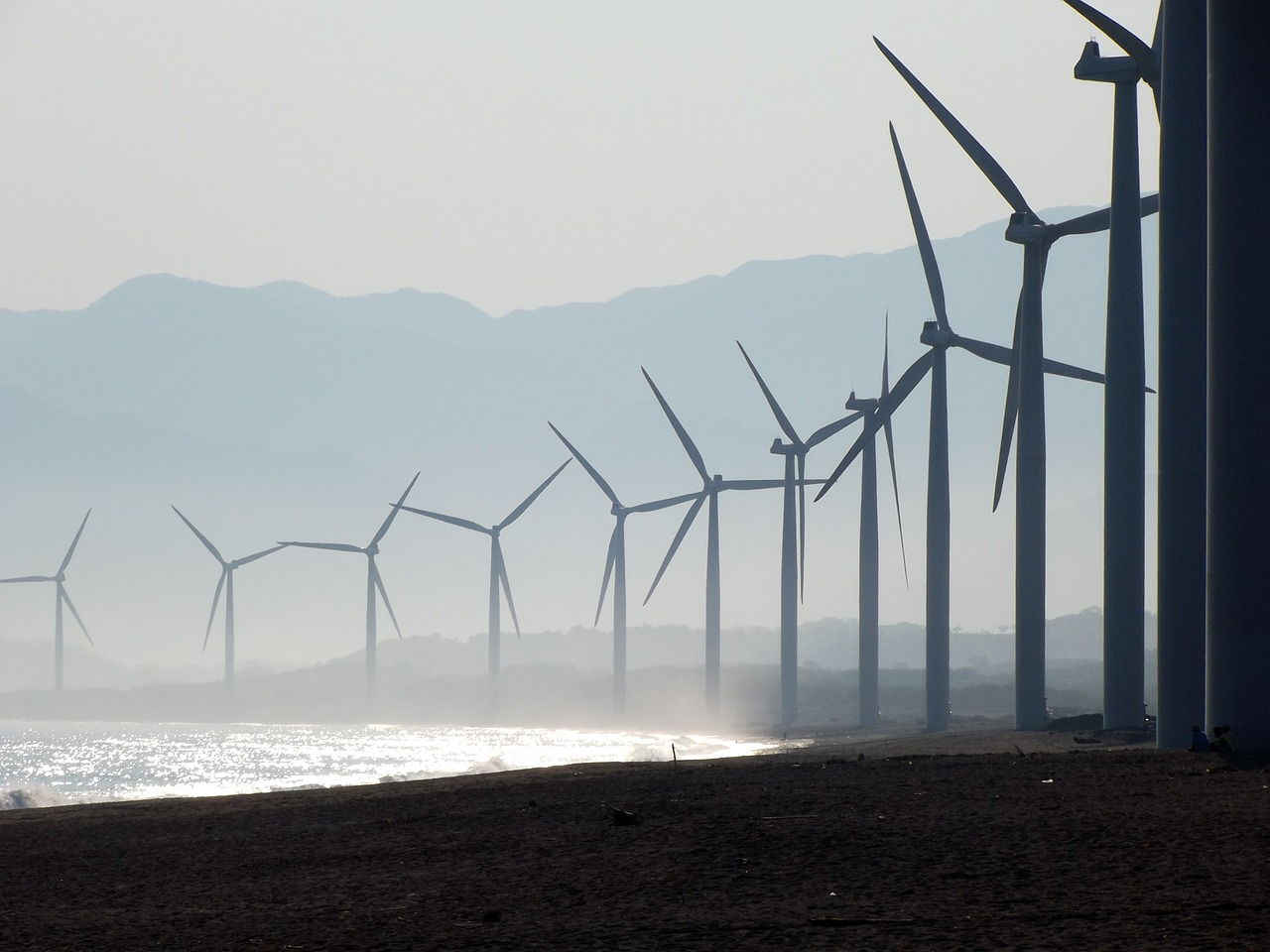 By Gordon Pape, Editor and Publisher
By Gordon Pape, Editor and Publisher
There was a story in last Monday’s Wall Street Journal that caught my eye.
It reported that German industrial giant Siemens AG is teaming up with Copenhagen Infrastructure Partners to build an underground 349-mile transmission line that will carry power from Iowa to the Chicago area. It will be called the SOO Green Renewable Rail.
So, what’s so special about another power line, even if it’s underground? Just that the electricity it carries will be wind and solar generated. When it’s completed, hopefully by 2024, the line will be capable of transmitting 2,100 megawatts, which the Journal says is the equivalent of a large nuclear power plant.
Although two European companies are undertaking the project, there’s a Canadian connection. Most of the route will run along a Canadian Pacific railroad corridor, which should make it easier to obtain the necessary permits.
Power scaling up
I found this story intriguing because I had no idea that solar and wind generation had reached such a substantial scale. I had been under the mistaken impression that green energy initiatives were still small-scale ventures that relied heavily on government subsidies to survive.
Not so, says John A. Cook, President of Greenchip Financial Corp., which specializes in this type of investing.
“Last year there was $340 billion invested in wind and solar energy projects – more than for all other types of electrical generation,” he told me in a phone interview.
He noted that in December, the Alberta Government signed three contracts to provide 600 megawatts of wind generation to the province for the next 20 years (enough to power 255,000 homes).
“The remarkable part of this story is the unsubsidized auction price of 3.7 cents per kWh,” he says. “This is about half where wind generation was at only a year ago and is almost as cheap as solar. It is also half what a new natural gas or coal plant could produce these electrons at. The breakthrough can be attributed to technological advances, the good Alberta wind regime, and the low cost of capital large developers now bring. For several reasons, solar will continue to grow faster than wind, but 3.7 cents is a game changer!”
Greenchip is a sub-advisor to the recently launched Mackenzie Global Environmental Equities Fund. It has only been around since October, so we don’t have much history to work with. However, the year-to-date gain of 13.25 per cent (to March 11) is impressive. The portfolio is basically the same as the 11-year-old Greenchip Global Equity Fund, which is only open to accredited investors ($250,000 and up).
That Greenchip portfolio consists of several familiar names such as Siemens, Panasonic, Hitachi, and Johnson Controls, plus a lot of companies that few people have ever heard of. The largest position is in JinkoSolar, a small-cap producer of solar modules, based in Shanghai.
Market undervalued
Although the prices of publicly traded wind and solar companies have been edging higher, they are still undervalued compared to the broad market, says Mr. Cook. It may be hard to believe but the market capitalization of all the listed solar manufacturers in the Greenchip portfolio is just over $10 billion. A single cannabis company, Canopy Growth, has a market cap more than double that.
One reason for the depressed value of solar and wind stocks is that relatively few analysts cover them. Also, environmental sectors generally experience higher levels of technological and regulatory change, which is often missed by investors. Finally, due to the sector’s high growth potential and disruptive nature, individual companies or sub-sectors are susceptible to excessive hype and/or cynicism.
The net result, Mr. Cook contends, are “incredibly attractive” valuations.
Alternative energy funds
So, how do you participate in this energy revolution? There are four Canadian mutual funds that focus on these companies. They include the Mackenzie fund already mentioned, the NEI Environmental Leaders Fund, the Desjardins Societerra Environment Fund (a fund that invests in bonds issued by “responsible” companies), and the AGF Global Sustainable Growth Equity Fund. It’s been around the longest and shows a 10-year average annual return of 9.9 per cent. The portfolio goes well beyond energy to include health care, basic materials, consumer cyclicals, etc.
Surprisingly, I could not find a single Canadian-based ETF that focuses on this area. There are several in the U.S., however.
One of the largest is the Invesco Solar ETF (NYSE: TAN), which invests in a portfolio of U.S. and international companies that produce solar power or build components for the industry. Its ten-year record is in negative territory but for the first two months of this year it was ahead an amazing 34.85 per cent.
Another strong performer this year is the iShares Global Clean Energy ETF (NDQ: ICLN), which was up 17 per cent for 2019 as of March 11. Here again, the 10-year return is negative. Investors have taken a long time to understand this business, but they finally are catching on.
Amazingly, this is all happening in a world where the President of the United States is a climate change skeptic, whose policies seek to weaken the development of alternative power sources and, instead, revitalize the coal industry. Clearly, his plans are not working. Alternative energy momentum is building, and investors are increasingly looking to get in on the action.
This article was originally published in the Toronto Star.
